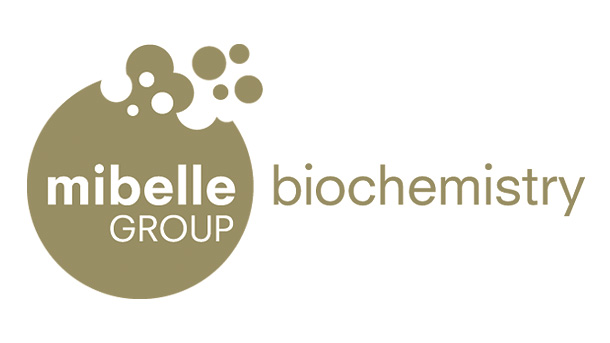Promotional Features
Improving skin resilience with moss cell technology
About 470m years ago mosses were one of the first plants that moved out of the water and conquered the earth. Mosses possess no vertical roots and have a high surface area which makes it difficult for them to replenish lost water and nutrients from the soil. Therefore, mosses filter nutrients from the air and rain which makes them susceptible to the accumulation of pollutants such as heavy metals. In order to cope with the oxidative stress from pollution, mosses developed a particular anti-pollution matrix with a large set of antioxidants. The development of a specialized adaptation strategy was also needed for mosses to inhabit various climatic regions. They are masters in water retention, rehydration, fast recovery and cold resistance. It has recently been shown that mosses are even able to continue to grow after being frozen for 1,500 years in permafrost. The special mix of molecules that enables such resilience is of interest to the cosmetic industry.
MossCellTec – Biotechnology to grow moss sustainably in the lab
Although resilient, mosses grow slowly and are thus often under protection and cannot be harvested in the wild. Additionally, wild mosses filter the air and retain toxins that prevent their use in cosmetics. To make the adaptation skills of mosses available to cosmetics, a biotechnology to grow the plants in a laboratory setting was developed. A sterile protonema culture of the wild-type moss Physcomitrella patens in liquid culture was produced. Additionally, a new cold pressing extraction method was established to harvest all water soluble ingredients from the moss cells which were then sprayed on an isomalt matrix resulting in the active MossCellTec No.1. For the first time, moss cells that are biotechnologically produced in a clean and sustainable way can be used for cosmetics.
Cell nucleus health – A novel anti-aging concept
Higher organisms such as plants and animals are complexes of eukaryotic cells. A hallmark for eukaryotic cells is the presence of a cell nucleus. This organelle contains the DNA, the blueprint of the cell and is therefore considered the control center of the cell. It is surrounded by a membrane called the nuclear envelope, which contains holes, the nuclear pores, through which traffic into and out of the nucleus takes place. Only small molecules can freely diffuse through the nuclear pore complexes. Larger molecules such as proteins and messenger RNA complexes need to be actively transported to reach their destination. This transport process is highly complex: In a single human cell, there can be up to 5,000 nuclear pore complexes and each can transport 1,000 molecules per second. This means that in one cell, up to 5 million molecules are transported into and out of the nucleus every second.
Timely transport of signaling molecules is crucial for the adaptation of cells to fast changes in temperature and humidity. This is especially true for skin cells that are in close contact with the environment. As we age, the transport becomes less efficient and less selective which can lead to less resilient skin.
For a long time it was believed that the function of the cell nucleus is merely DNA storage and that the nuclear envelope is just a hull to contain the genetic material. This is far from the truth: Recent research on premature aging diseases has shown that the correct composition of the nuclear envelope is essential for the maintenance of nuclear shape, DNA stability and regulated gene expression.
Maintaining the proper stability and shape of the nucleus as well as ensuring efficient transport into and out of the nucleus can be summarized as the topic of cell nucleus health.
Recent research has shown that MossCellTec No.1 contributes to cell nucleus health. In vitro studies demonstrated that MossCellTec No.1 improves expression of cell nucleus health markers in aged cells and helps skin adapt to climatic changes. In a placebo controlled clinical study with women that are exposed to daily temperature changes in the summer, MossCellTec No.1 significantly improved skin hydration, barrier and homogeneity after two weeks for a more resilient skin.








